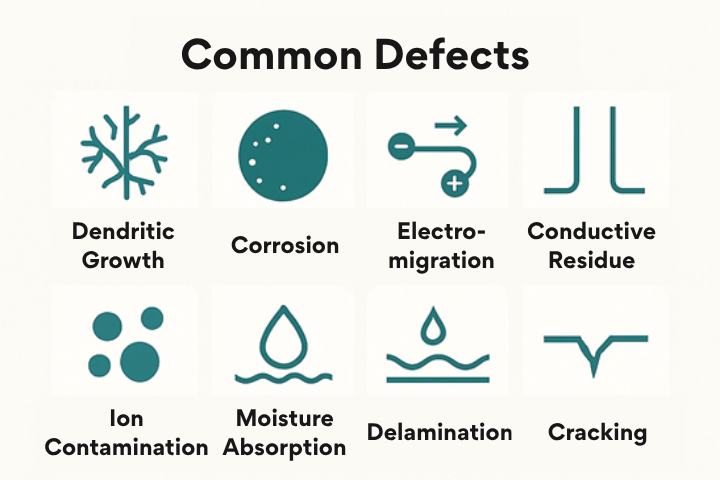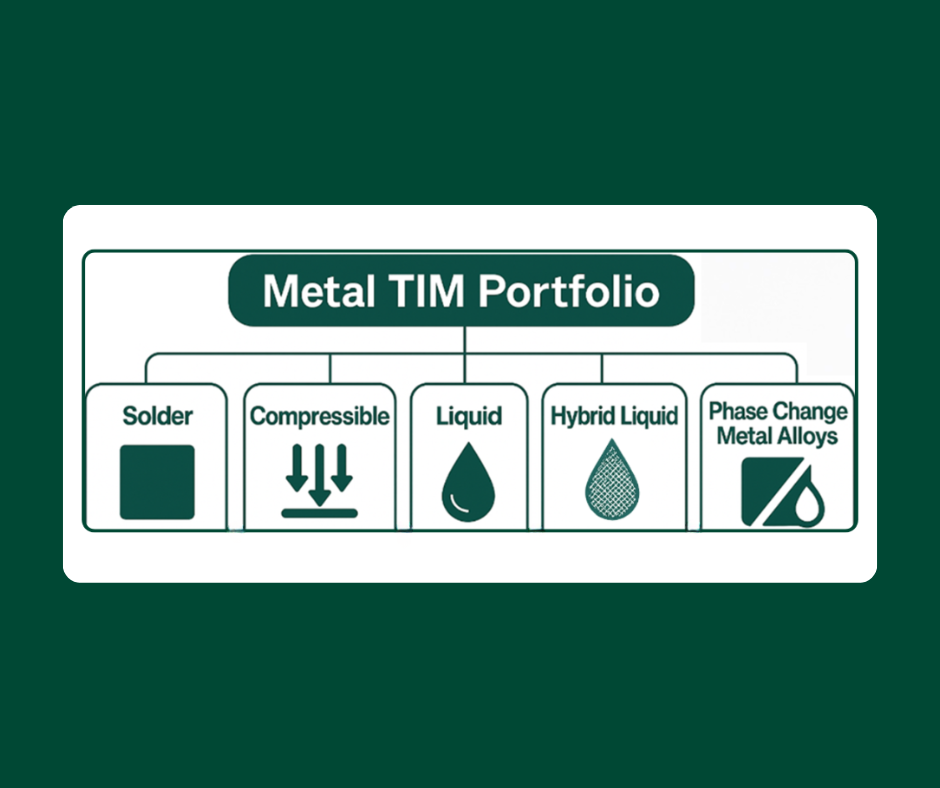Folks,
In the last post on tin whiskers, we discussed detection. In this post, we will cover mitigation. Since compressive stresses are a primary cause of tin whiskers, minimizing these stresses will help to mitigate tin whisker formation. There are several approaches to accomplish this compressive stress reduction. The first is to establish a process that produces a matte finish tin as opposed to a bright tin. Experience has shown that a satin or matte tin finish, which typically will have a lareger grain size, has lower internal compressive stresses than a bright tin finish. Studies have shown that avoiding a bright tin finish alone can reduce tin whisker formation by a more than a factor of ten. A thicker layer of tine will also often reduce tin whisker formation.
Since a major source of the compressive stresses in tin is due to copper diffusion into the tin, minimizing this diffusion will significantly reduce tin whisker formation. One proven approach to minimizing copper diffusion is to have a flash of nickel between the copper and the tin. Since nickel does not readily diffusion into the tin after initial intermetallic formation, tin whisker formation can be all but eliminated in many cases.
Adding bismuth to the tin can also tin whisker formation. The bismuth solid solution strengthens the tin. This strengthening will often reduce tin whisker formation.
Another mitigation approach is the use of coatings. Acrylics, epoxies, urethanes. Alkali silicate glasses and parylene C have been used. Parylene C appears to be the most promising.
Often a tin whisker will penetrate the coating as seen in Figure 1. However, to be a reliability risk, it must penetrate a second coating. This situation is almost impossible as the tin whisker is fragile and will bend as it tries to penetrate the second layer of coating. See Figure 2. So, coatings can be a very effective tin whisker mitigation approach.
The next and last tin whisker post will be on using FMEA (failure modes and effects analysis) to develop a tin whisker reduction strategy.



